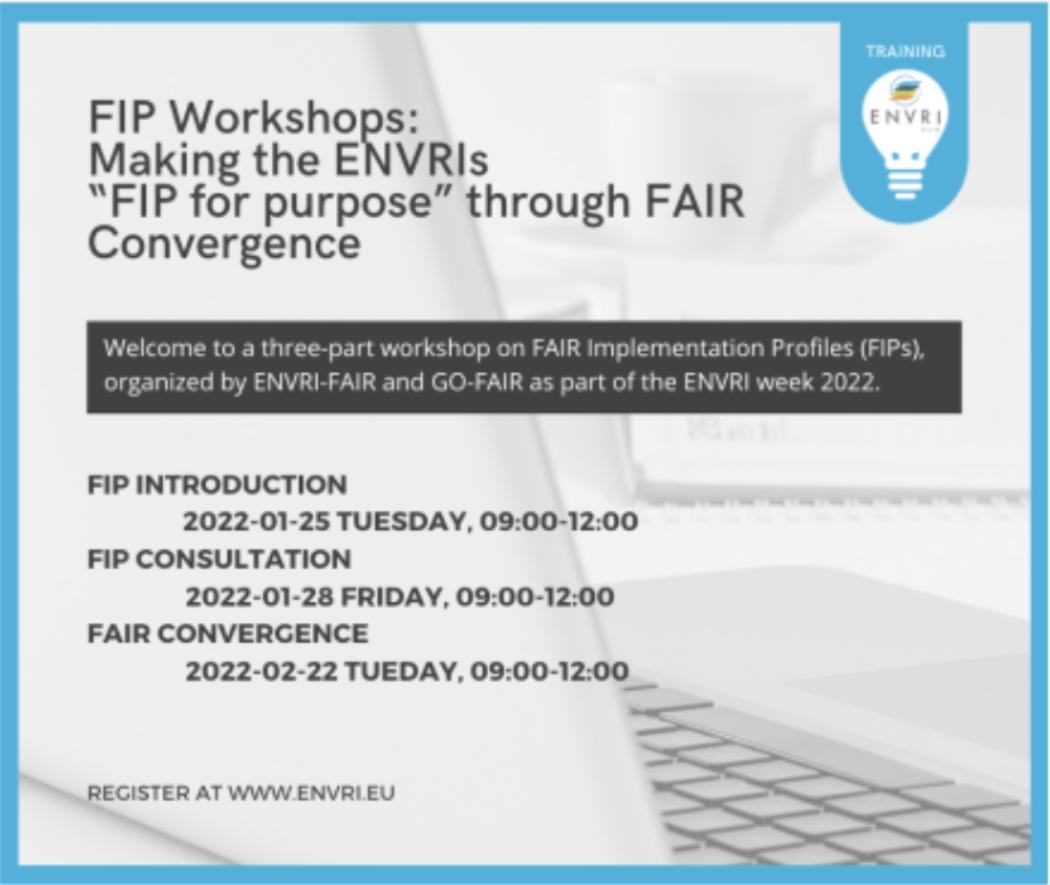FAIR Implementation Profile


The FAIR principles describe how digital objects should be like, and behave, for them to be Findable, Accessible, Interoperable and Reusable by computer-driven processes. But the principles do not give any detailed recommendations on how to achieve FAIRness in practice – what technologies to apply, which metadata standards to follow, etc. Instead, it is expected that every research community of practice should make their own choices. This has led to a huge variety of technical solutions for what are actually common problems.
To bring some order and convergence, and at the same time allow comparisons between and within domains, the concept of FAIR Implementation Profile was introduced. These profiles are visualized in the FAIR Convergence Matrix, a collaborative online resource containing machine-readable descriptions of all FAIR implementation choices made by a wide range of research communities. This is the approach already taken by ENVIR-FAIR in the first two rounds of assessing the status of FAIR implementation in the involved RIs. Since then, the FIP tool has been considerably improved and this training helps to make use of it in the third run.
This session introduces to the FIP approach and illustrates the FIP ontology. It also presents some discussions on the FAIR enabling resources (technical solutions, implementation strategies, standards and models) which address each of the FAIR Guiding principles.
The FIP Wizard is explained and its use demonstrated with the development of a demo example.
The data stewards in charge in each RI are asked to engage with the FIP Wizard and build the FIP representing the implementation choices of their specific repository.
The finalized FIPs are collected in a FAIR Convergence Matrix where each column represents a Community (or a RI) and each row a FAIR enabling resource deployed for specific FAIR principles. In this way potential alignments of FIPs from different Communities can be identified in order to optimize convergence on the reuse of existing Resources and interoperation between the FAIR data and services of each Community.